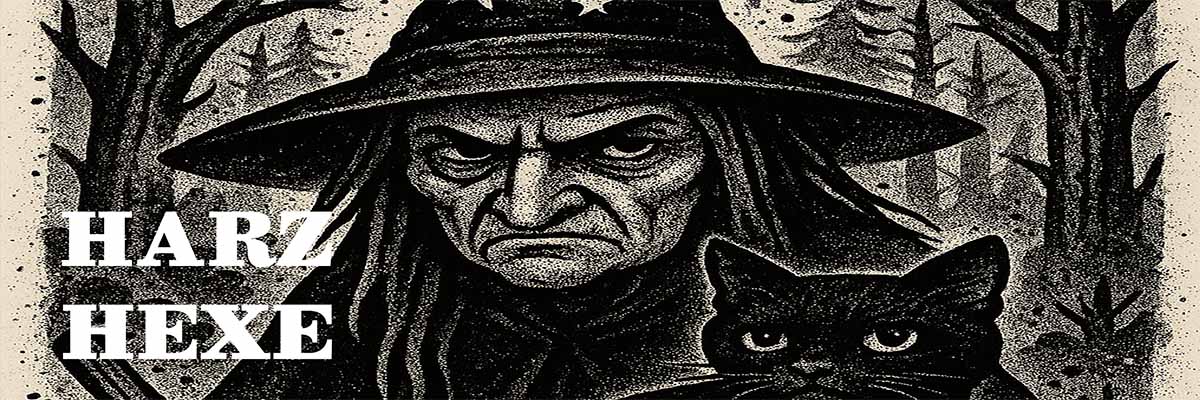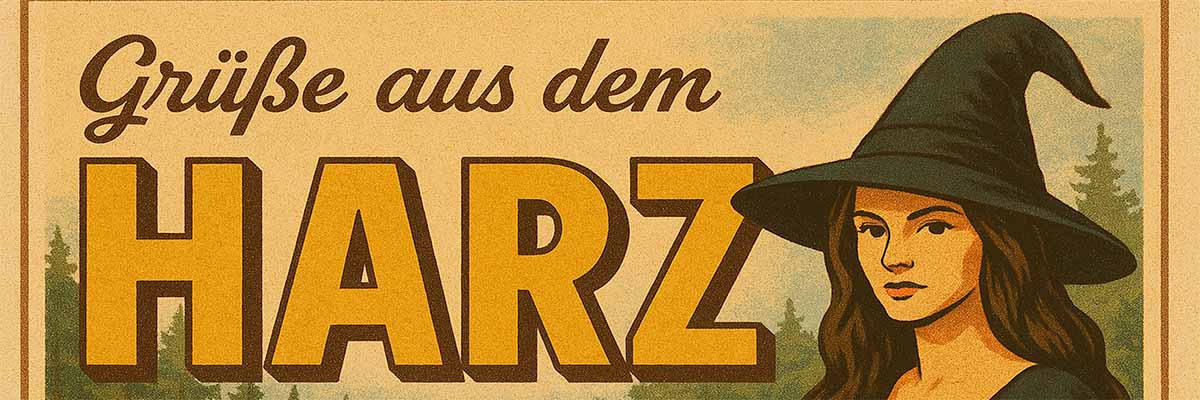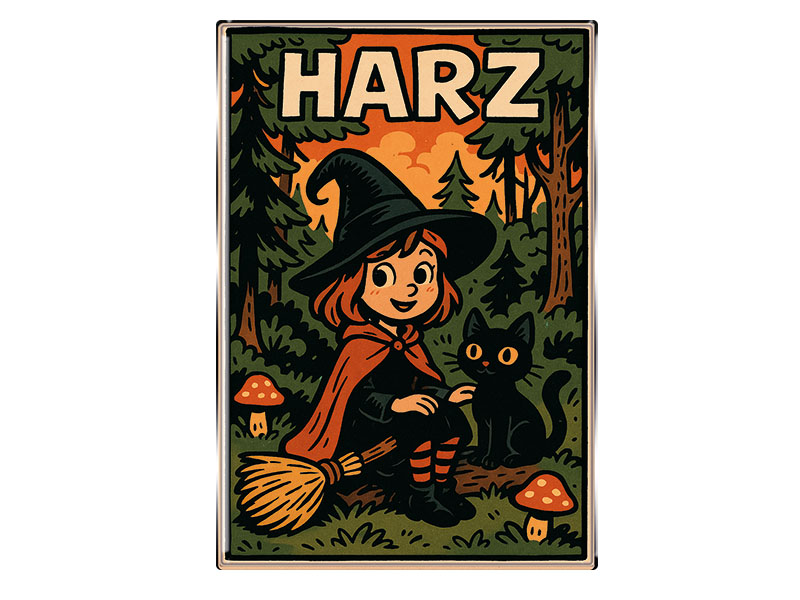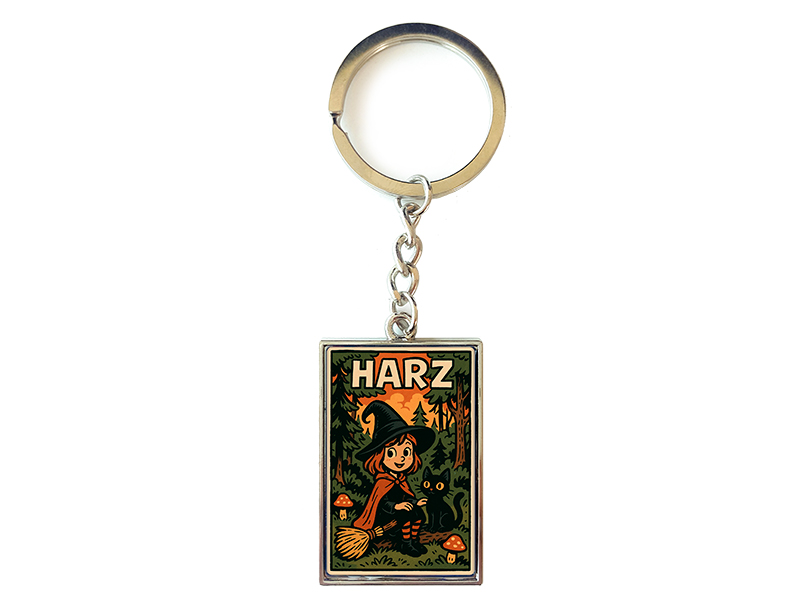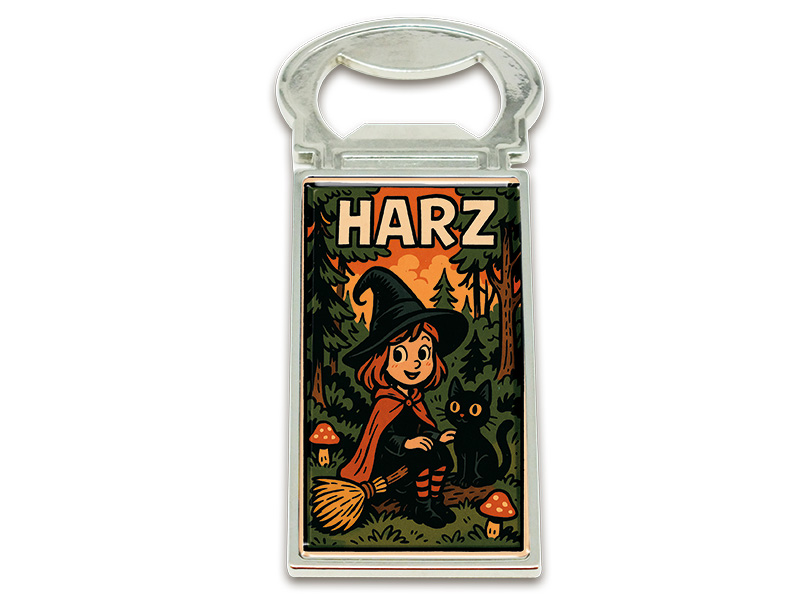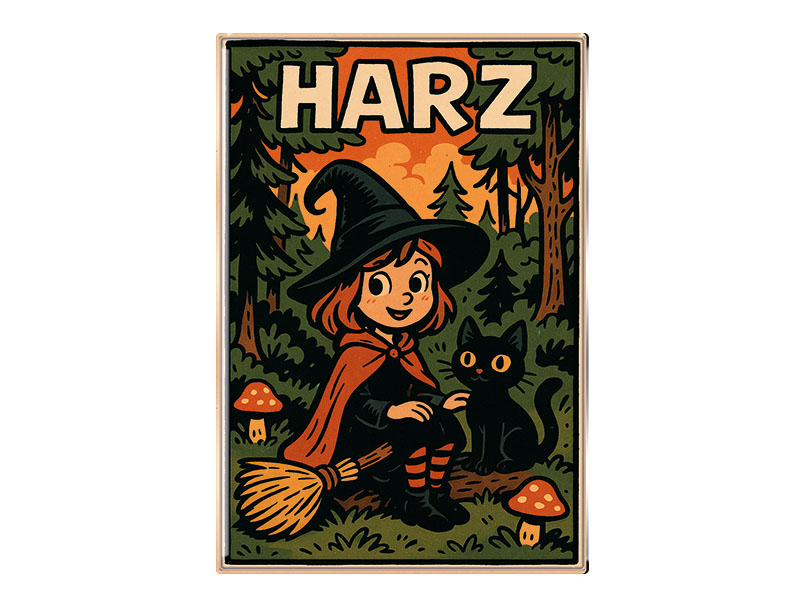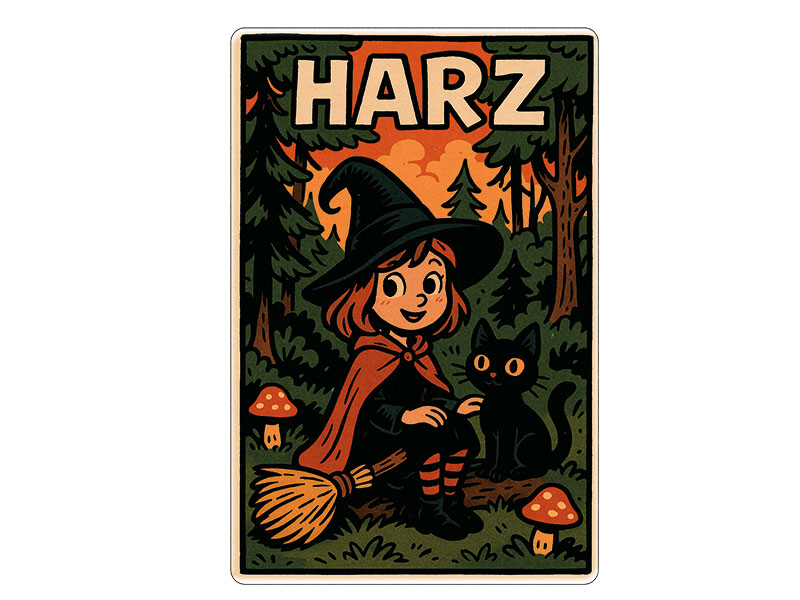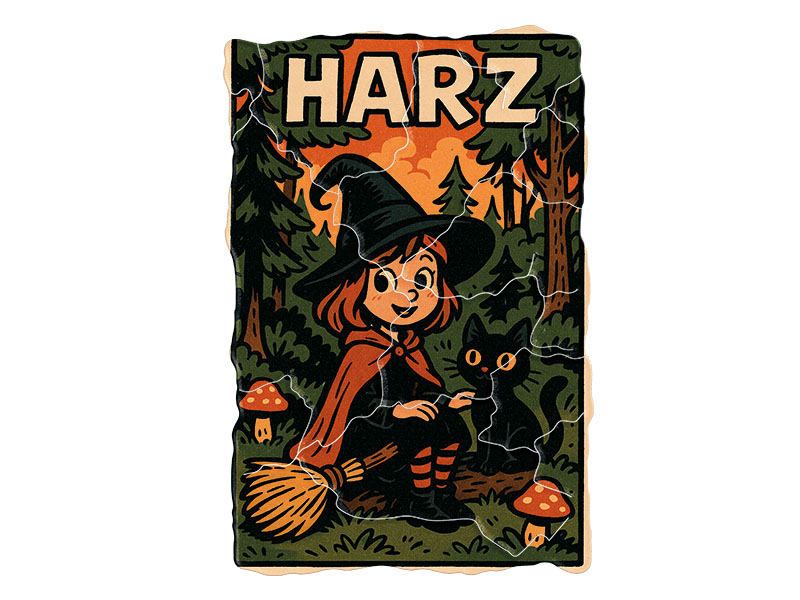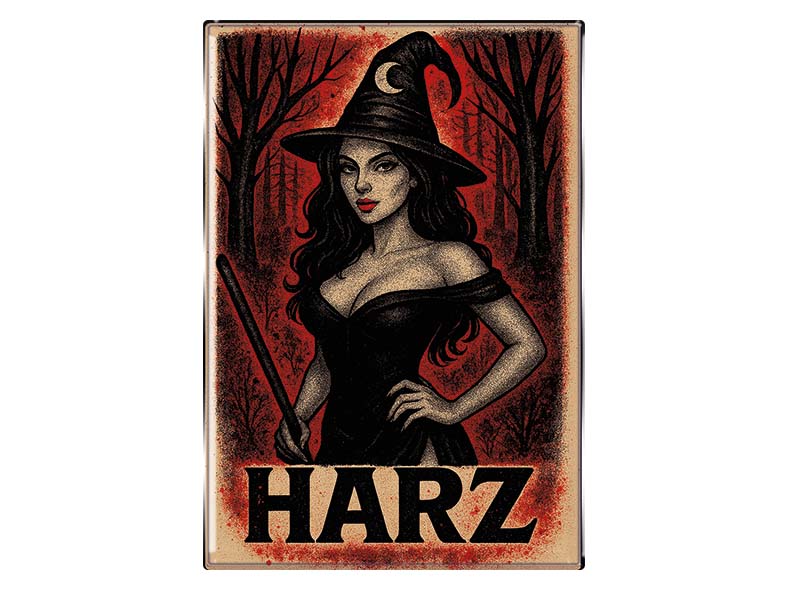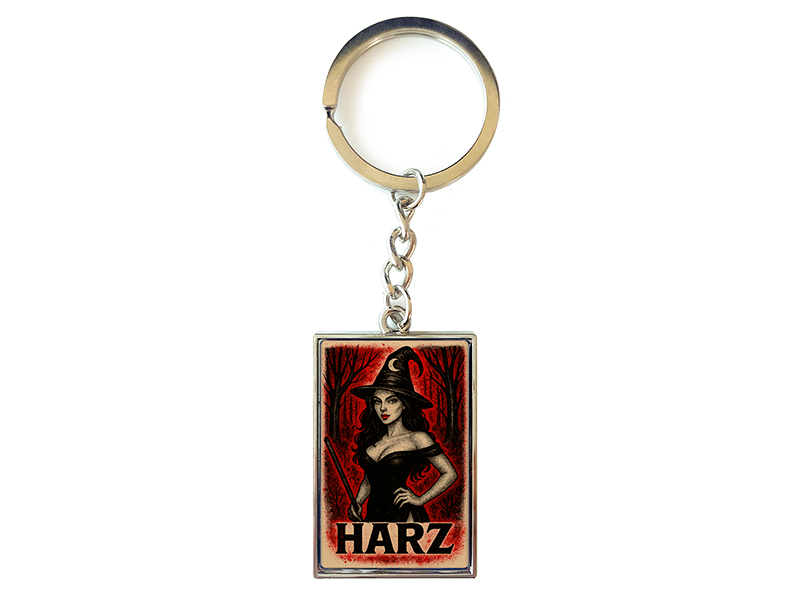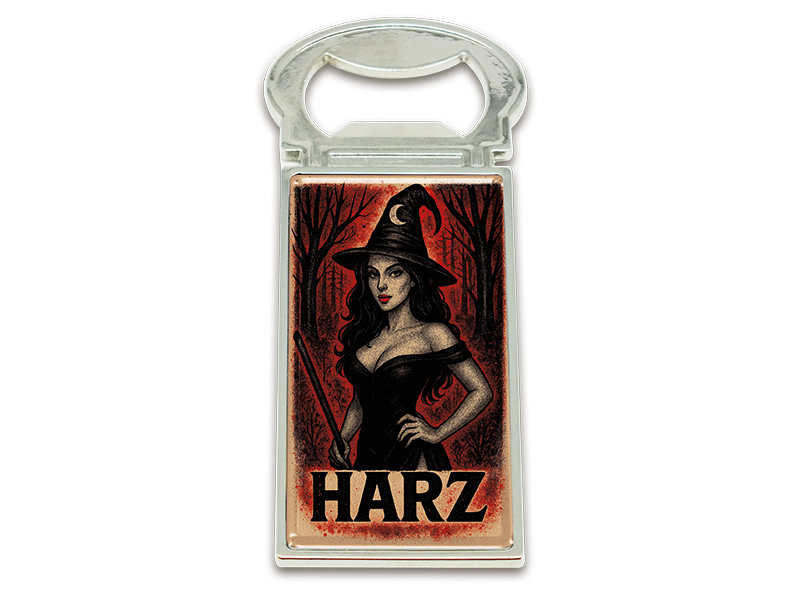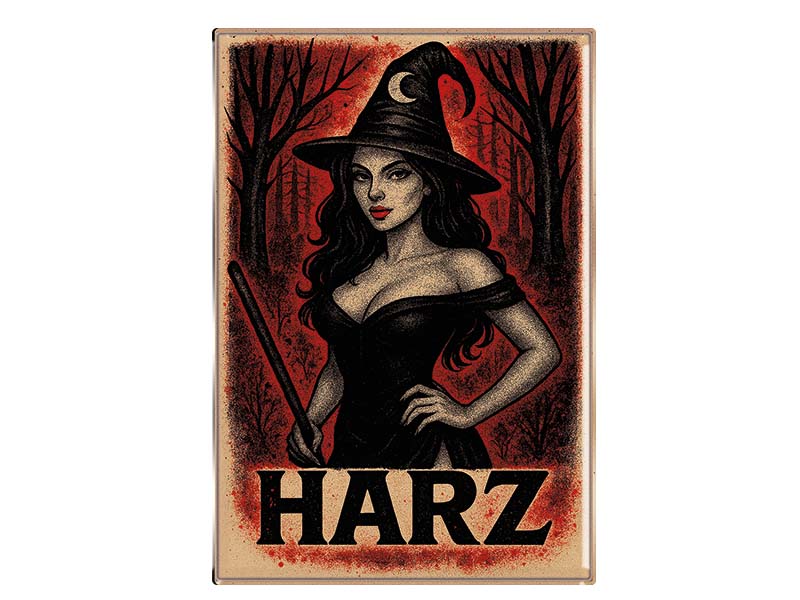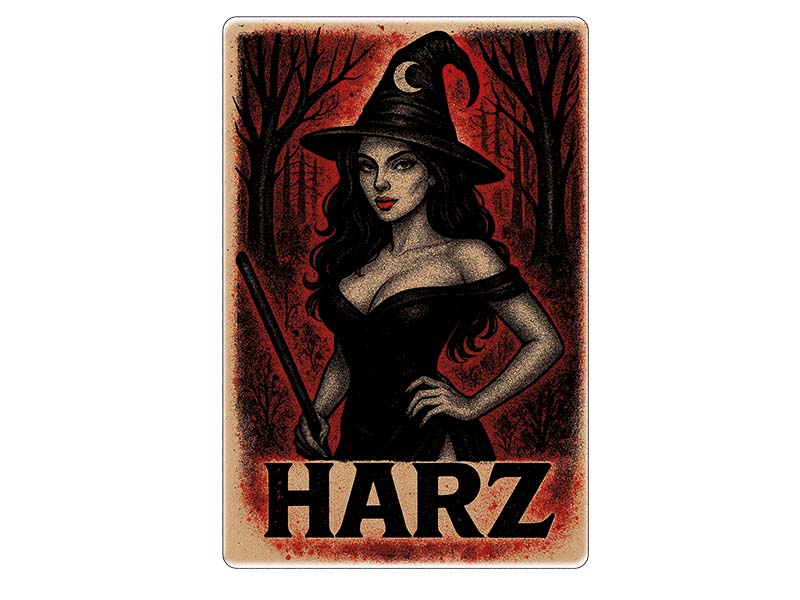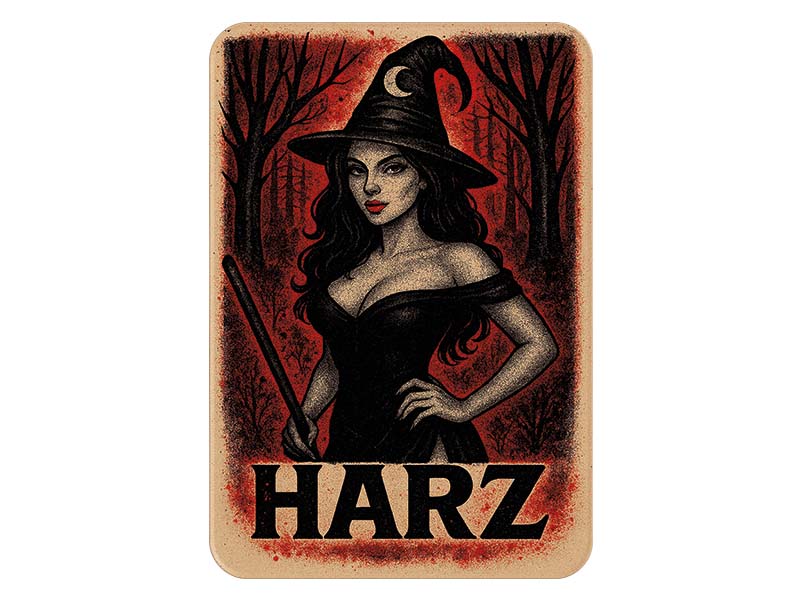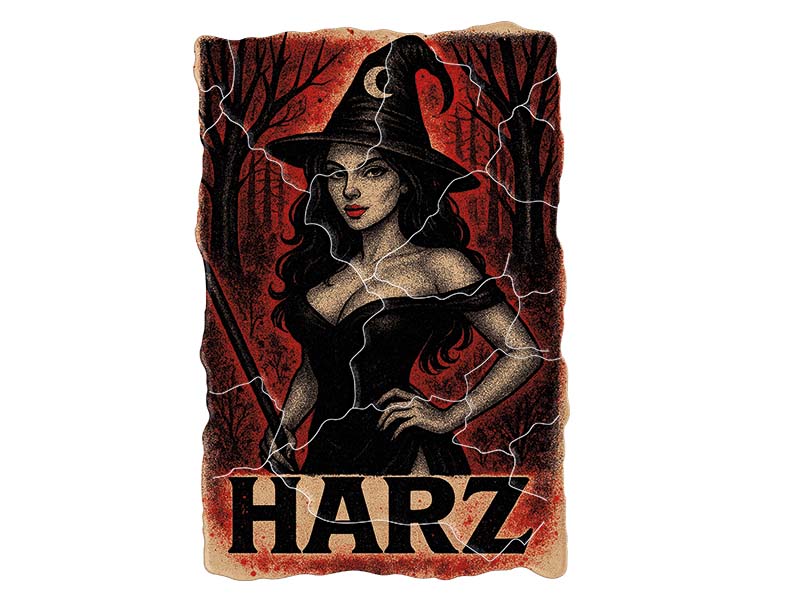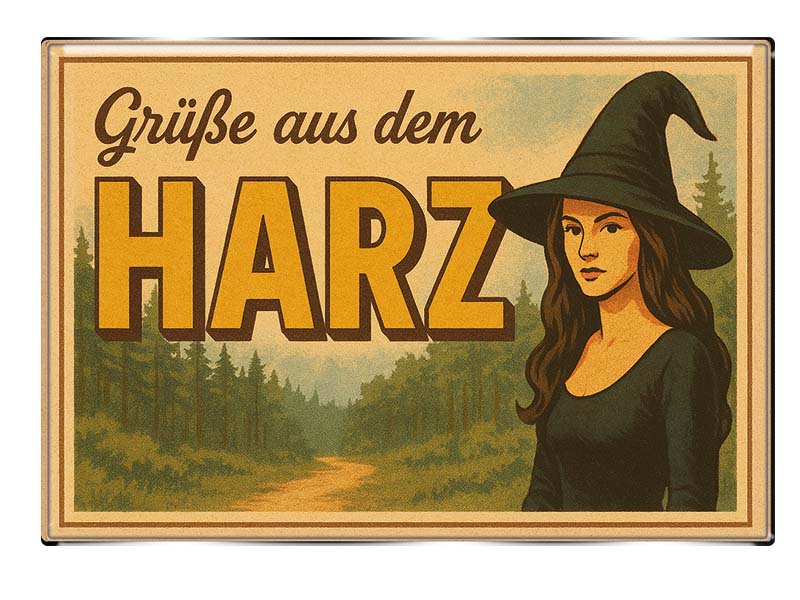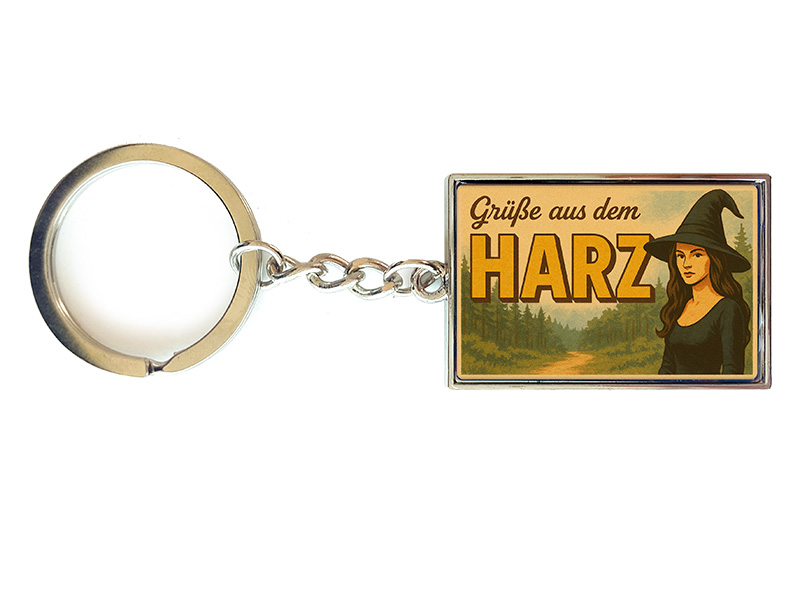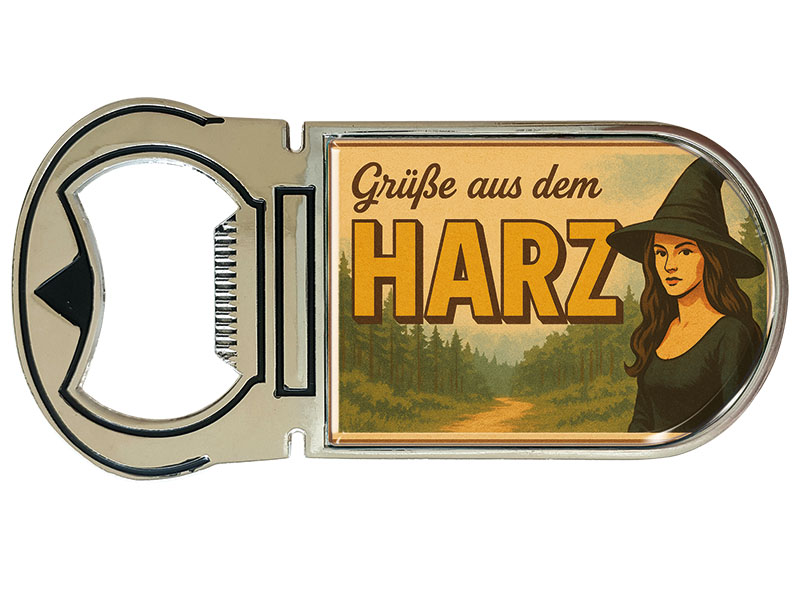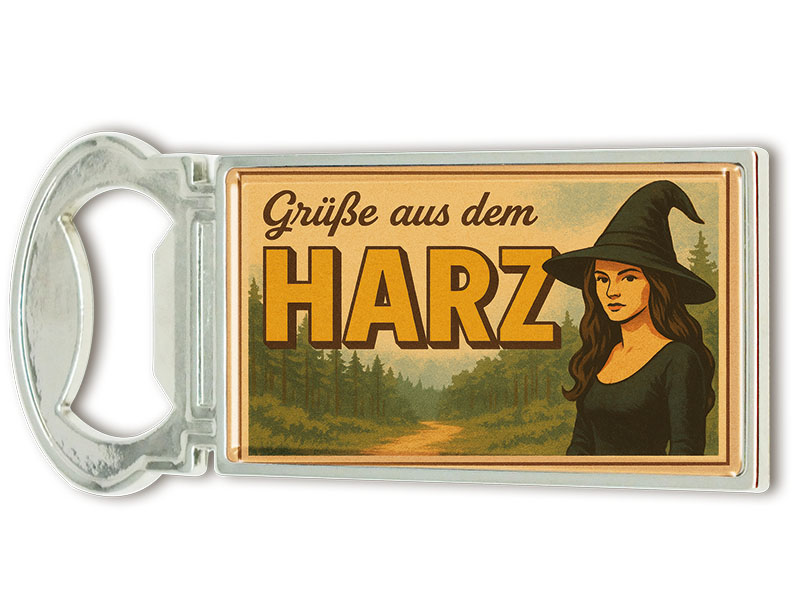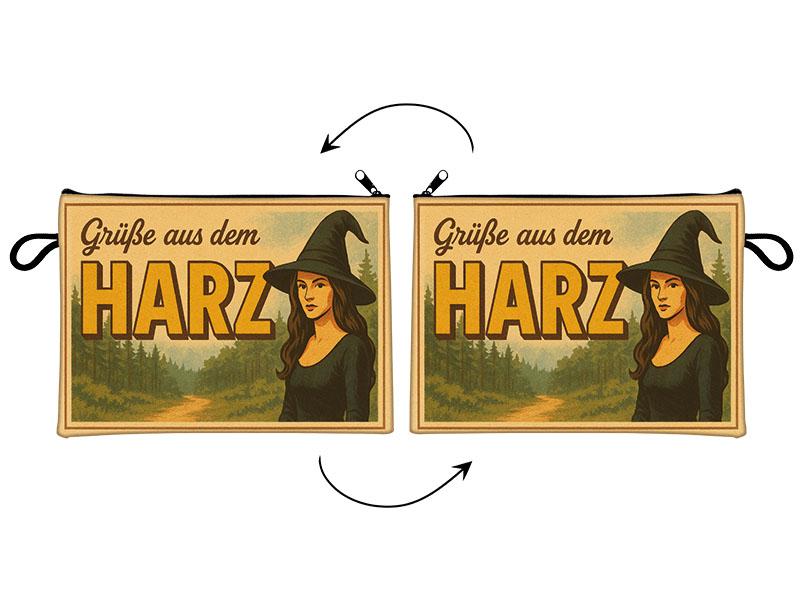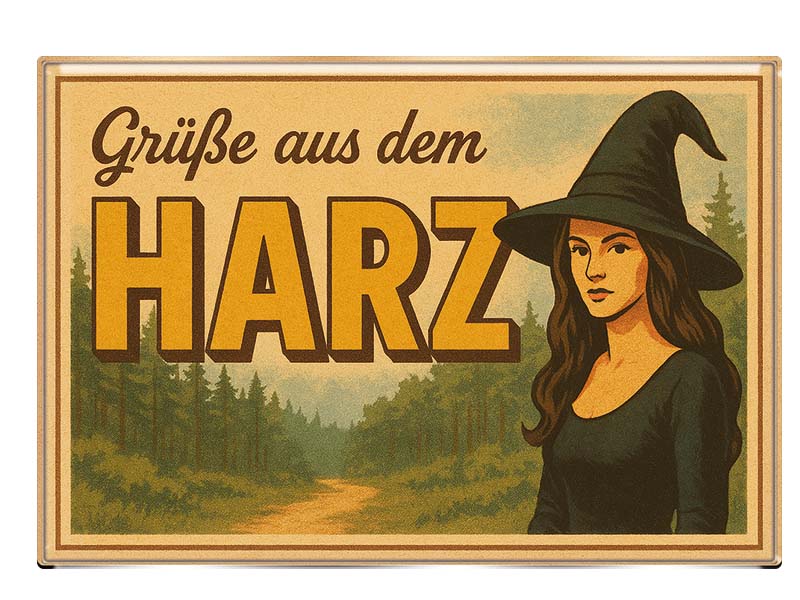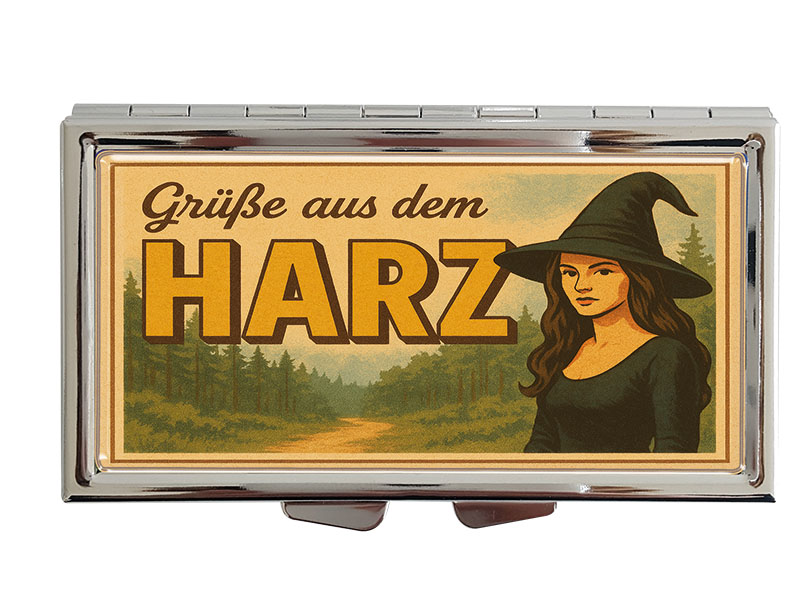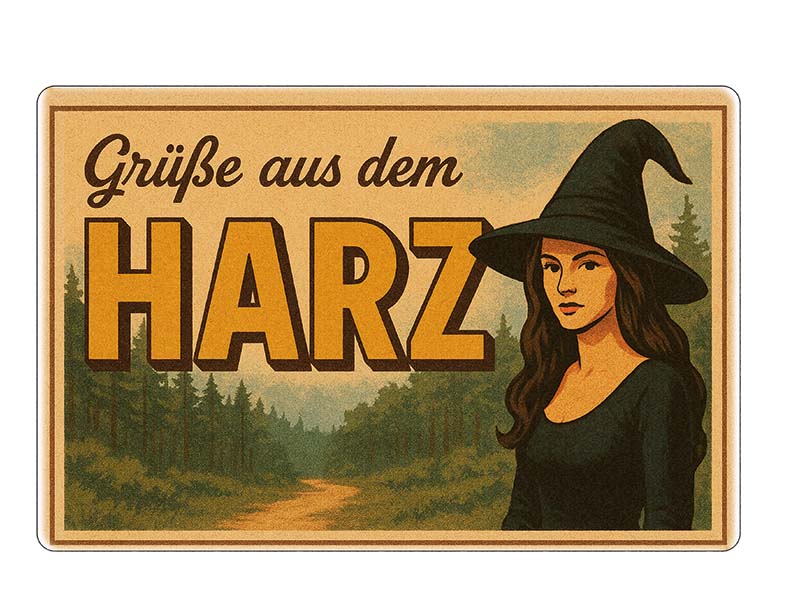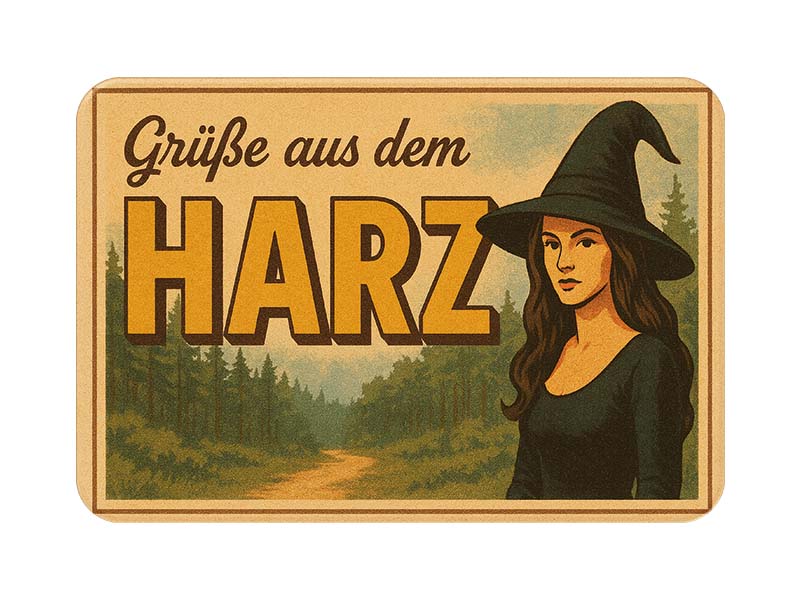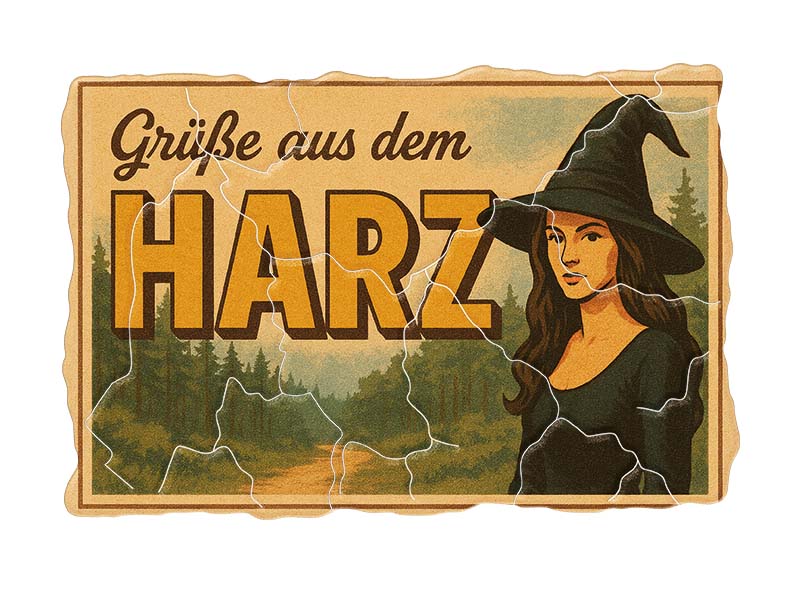- Vehicles
- Figures
- Witches
- Carnival
- Canvas
- Magnets
- Materials
- Maritime
- Hats
- New products
- Personalize
- Plush
- Dolls
- Collectible figures
- Keychain
- Special production
- %Special offers%
- Money boxes
-
Cities - Regions
- Bad Säckingen
- Bamberg
- Bayerischer Wald
- Berchtesgaden
- Berlin
- Bodensee
- Bremen
- Brocken
- Chiemsee
- Cochem
- Dinkelsbühl
- Dresden
- Eibsee
- Frankfurt
- Freiburg
- Gardasee
- Garmisch-Partenkirchen
- Hamburg
-
Harz
- Heidelberg
- Helgoland
- Insel Mainau
- Kleinwalsertal
- Koblenz
- Köln
- Königssee
- Leipzig
- Lübeck
- Mecklenburgische Seenplatte
- München
- Nürnberg
- Oberammergau
- Passau
- Potsdam
- Quedlinburg
- Regensburg
- Rothenburg
- Rügen
- Schwarzwald
- Stuttgart
- Sylt
- Titisee
- Traunsee
- Triberg
- Ulm
- Wernigerode
- Bags/Backpacks
- Textile
- Animal
- Subjects
More information? sign in.
More information? sign in.
More information? sign in.
More information? sign in.
More information? sign in.
More information? sign in.
More information? sign in.
The Harz Region – Germany’s Enchanted Mountain Heart
Nestled in the heart of Germany, the Harz region is a place of legends, breathtaking nature, and rich cultural history. Spanning parts of Lower Saxony, Saxony-Anhalt, and Thuringia, the Harz Mountains are Germany’s northernmost mountain range and have long captured the imagination of travelers, poets, and locals alike. From the mystical Brocken summit to medieval towns and timber-framed houses, the Harz offers a fascinating blend of nature, heritage, and folklore.
Historical Background
The Harz region has a storied past that stretches back thousands of years. The name “Harz” is derived from the Middle High German word hart, meaning “mountain forest.” It was mentioned as early as the 9th century in historical records.
In the Middle Ages, the Harz became known for its rich mineral resources. Silver, copper, lead, and iron were mined extensively, especially in towns like Goslar, Clausthal-Zellerfeld, and St. Andreasberg. The Rammelsberg Mine near Goslar is one of the oldest mining sites in Europe and is now a UNESCO World Heritage Site. Mining shaped the region's economy and culture for centuries.
In addition to its economic role, the Harz also served as a spiritual and political hub. Many monasteries and castles were built throughout the region. During the Cold War, the Harz was split between East and West Germany, and the Brocken (the highest mountain) became a restricted military area in the East. Since reunification, the area has reinvented itself as a cultural and natural treasure.
Formation and Geography
Geologically, the Harz Mountains are among the oldest in Europe. They began to form during the Hercynian orogeny around 300 million years ago, when tectonic activity pushed the ancient rock layers upward. The result is a region with rugged cliffs, deep valleys, caves, and plateaus.
The Harz stretches over approximately 2,200 square kilometers, with the highest peak being the Brocken at 1,141 meters (3,743 ft). The region is characterized by dense spruce and beech forests, alpine meadows, glacial lakes, and waterfalls. The Harz National Park covers a large portion of the area and serves as a sanctuary for lynx, wildcats, and countless bird species.
Geographically, the Harz lies in the center of Germany and is part of the German Central Uplands. It touches three federal states: Lower Saxony (Niedersachsen) in the west, Saxony-Anhalt (Sachsen-Anhalt) in the east, and Thuringia (Thüringen) in the south.
Population
The Harz region is moderately populated. The overall population of the area is estimated at around 230,000 people, though numbers fluctuate depending on how the region’s boundaries are defined. Key towns include Goslar, Wernigerode, Quedlinburg, Bad Harzburg, and Nordhausen. These towns retain a quaint, small-town charm and offer a high quality of life, drawing both residents and tourists alike.
Major Tourist Attractions
The Harz is a top destination for both domestic and international tourists. Each year, it attracts over 1.5 million overnight visitors, not counting countless day-trippers. Here are some must-see highlights:
-
The Brocken: Often shrouded in mist, the Brocken is Germany’s most legendary mountain. In folklore, it’s associated with witches and Walpurgis Night. You can reach the summit via hiking or the nostalgic Brocken Railway, a steam-powered train journey through the mountains.
-
Quedlinburg: A UNESCO World Heritage town known for its stunning collection of over 1,000 half-timbered houses, Romanesque churches, and cobblestone streets. It feels like stepping back in time.
-
Wernigerode Castle: Perched above the colorful town of Wernigerode, this fairy-tale castle offers panoramic views and a look into aristocratic life in the 19th century.
-
Goslar and the Rammelsberg Mine: A UNESCO World Heritage Site, Goslar boasts imperial architecture and mining history that spans a millennium.
-
Harz National Park: A paradise for hikers, cyclists, and nature lovers. Trails such as the Harzer-Hexen-Stieg (Harz Witches Trail) offer breathtaking scenery.
-
Titan RT Bridge: One of the longest suspension bridges in the world, located above the Rappbode Dam, perfect for thrill-seekers.
-
Mystical Caves: Such as the Baumannshöhle and Hermannshöhle, ancient caves full of stalactites, fossils, and underground lakes.
Famous People from the Harz
Several notable figures have roots in the Harz region:
-
Johann Wolfgang von Goethe: While not born there, Goethe frequently visited the Harz and wrote about it in his works, including the Harzreise im Winter and parts of Faust.
-
Otto von Bismarck: The German Chancellor vacationed in the Harz and helped popularize it among the Prussian elite.
-
Carl Friedrich Gauss: One of the most influential mathematicians, Gauss conducted geodetic surveys in the Harz, climbing the Brocken for scientific purposes.
-
Thomas Kretschmann: The actor, known for roles in King Kong and The Pianist, was born in Dessau, which is near the Harz area.
-
Cornelia Funke: The bestselling children’s author (Inkheart Trilogy) spent time in the Harz, which inspired some of her fantastical settings.
Traditional Food and Drinks
The Harz cuisine is hearty and rooted in rustic mountain traditions. Typical dishes include:
-
Harzer Käse: A strong-smelling sour milk cheese that is low in fat but rich in protein. It's often eaten with onions, vinegar, and caraway seeds.
-
Schierker Feuerstein: A bitter herbal liqueur named after the town of Schierke. It’s popular as a digestif.
-
Potato-based dishes: Like Harzer Grünkohl mit Bregenwurst (kale with sausage) or Bauernfrühstück (farmer’s breakfast with potatoes, eggs, and bacon).
-
Forests and game meat: Dishes with venison, wild boar, or trout from local streams are popular, especially in the colder months.
-
Beechwood-smoked sausages and local bread made with rye and whole grains.
To wash it all down, you can enjoy Harzer beer (such as from the Altenauer or Wernigeröder breweries) or local schnapps distilled from mountain herbs and berries.
Typical Souvenirs
Visitors to the Harz can take home a variety of charming and regionally unique souvenirs:
-
Witch figurines: Reflecting the Brocken’s mythical status and the Walpurgis Night tradition.
-
Hand-carved wooden toys and decorations, often made in traditional Erzgebirge style.
-
Harzer cheese: Vacuum-packed for travel, it makes a pungent but authentic gift.
-
Local honey and herbal teas: Harvested from the pristine forests and meadows.
-
Schierker Feuerstein bottles: Often sold in gift boxes with glasses.
-
Walpurgis-themed items: Including cloaks, hats, and masks for those who visit during the magical spring celebration.
In conclusion, the Harz is more than just a mountain range – it’s a land of legends, nature, and tradition. Whether you're exploring a medieval town, hiking through ancient forests, riding a steam train up the Brocken, or enjoying a rustic meal by a fireplace, the Harz invites you to slow down and savor the magic of Germany’s hidden heart. With its rich history, welcoming towns, and enchanting atmosphere, the Harz offers an unforgettable experience for every visitor.

